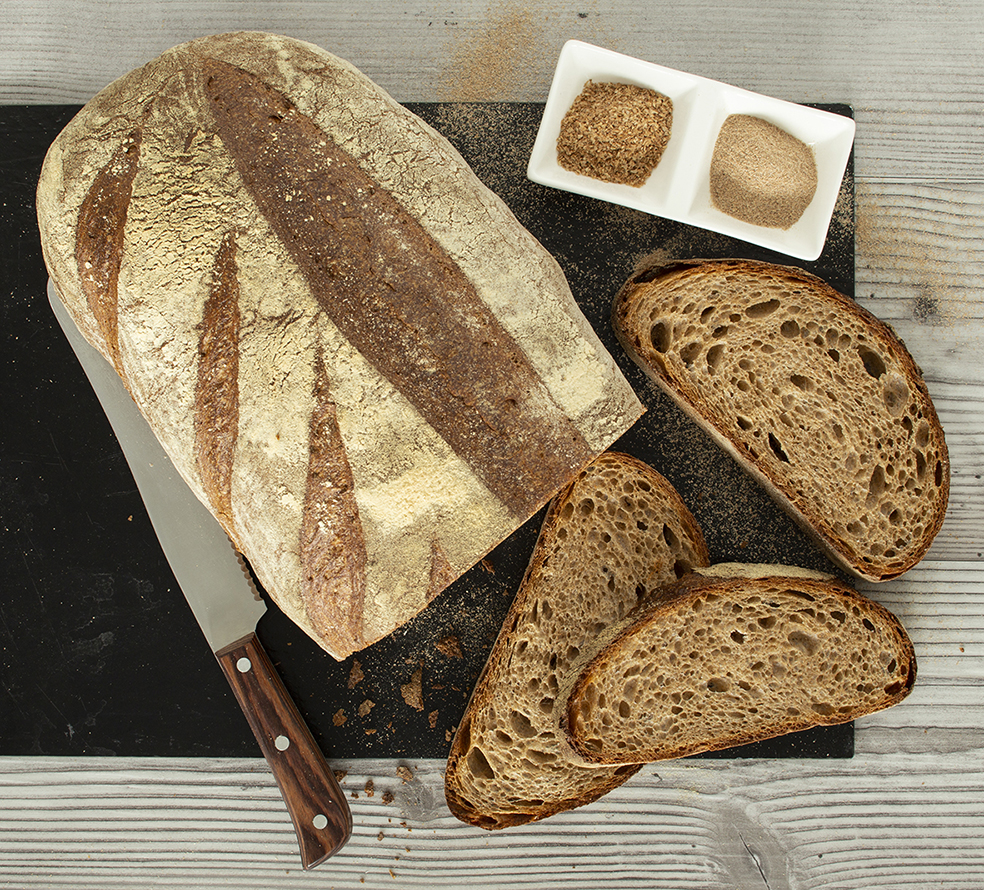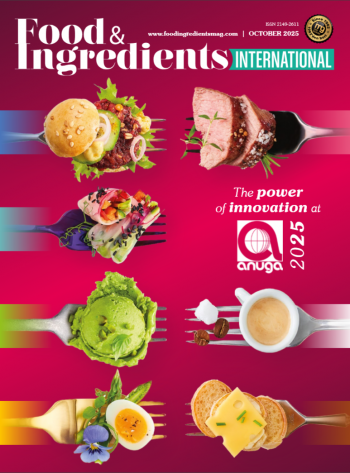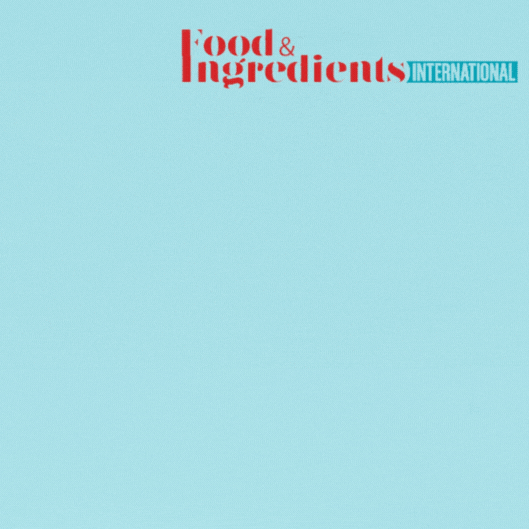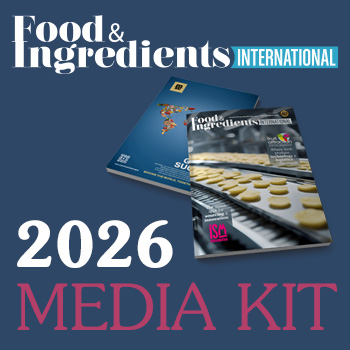With its new High-MAC brans, GoodMills Innovation allows bakeries and industrial manufacturers to enrich their baked goods with fibre – without compromising on texture, volume or flavour. The finely milled and physically stabilised brans made from wheat, rye and spelt can be incorporated into a wide range of applications, from classic breads and rolls to toast, sandwich loaves, pizza bases, crispbreads and cookies. The new ingredient solution has been developed in response to growing demand for high-fibre, nutritionally sound baked goods that are light, of consistent quality and free from coarse and other undesirable sensory components.
 Even distribution for additional appeal
Even distribution for additional appeal
Thanks to a special micronisation process, more than 90% of the High-MAC particles are smaller than 200 µm. This allows them to be combined with higher-extraction flours to increase mineral and fibre content without affecting standard processing behaviour. The result is baked goods with significantly improved nutrient density that still promise appealing taste and appearance. The bran is evenly distributed throughout the crumb, thus avoiding the typical coarse spots associated with conventional bran.
Easy to use – adaptable to individual needs
High-MAC brans can be easily incorporated into existing formulations. Depending on the desired nutritional claim – such as “source of fibre” or “high in fibre” – the dosage can be flexibly adjusted. There is also minimal impact on processing: the brans are added directly during dough mixing. GoodMills Innovation’s product development team supports clients with formulation and application – either at its in-house test bakery or on-site at the customer’s facility.
Clean label and extended shelf life
Thanks to thermal stabilisation, High-MAC brans offer significantly longer shelf life compared to native products. Furthermore, they consist solely of cereal ingredients – wheat, rye and spelt – and thus fulfil clean label requirements. No non-cereal fibres are used.
 High-MAC specifically utilises grain components that are typically discarded in the so-called “after-flour” in conventional milling – parts that are not usually used in bread production.
High-MAC specifically utilises grain components that are typically discarded in the so-called “after-flour” in conventional milling – parts that are not usually used in bread production.
“We are essentially replicating a component of the milling process that is otherwise inaccessible – creating a basis for rustic baked goods with distinctive colour and a high fibre content,” explains Sebastian Stolze, Manager Product Development & Application at GoodMills Innovation.
Sensory-neutral, technologically effective
Unlike conventional wholegrain brans, the High-MAC variants have a mild, well-balanced flavour. Baking properties are preserved – even in recipes based on white flour – allowing manufacturers to improve the nutritional profile of their products without compromising consumer appeal. “With High-MAC, we’re offering the baking industry a fibre enrichment tool that works – both technologically and in terms of taste. It allows our customers to develop products that meet today’s nutritional expectations without overwhelming the consumer,” adds Max Weber, Category Manager at GoodMills Innovation.




















